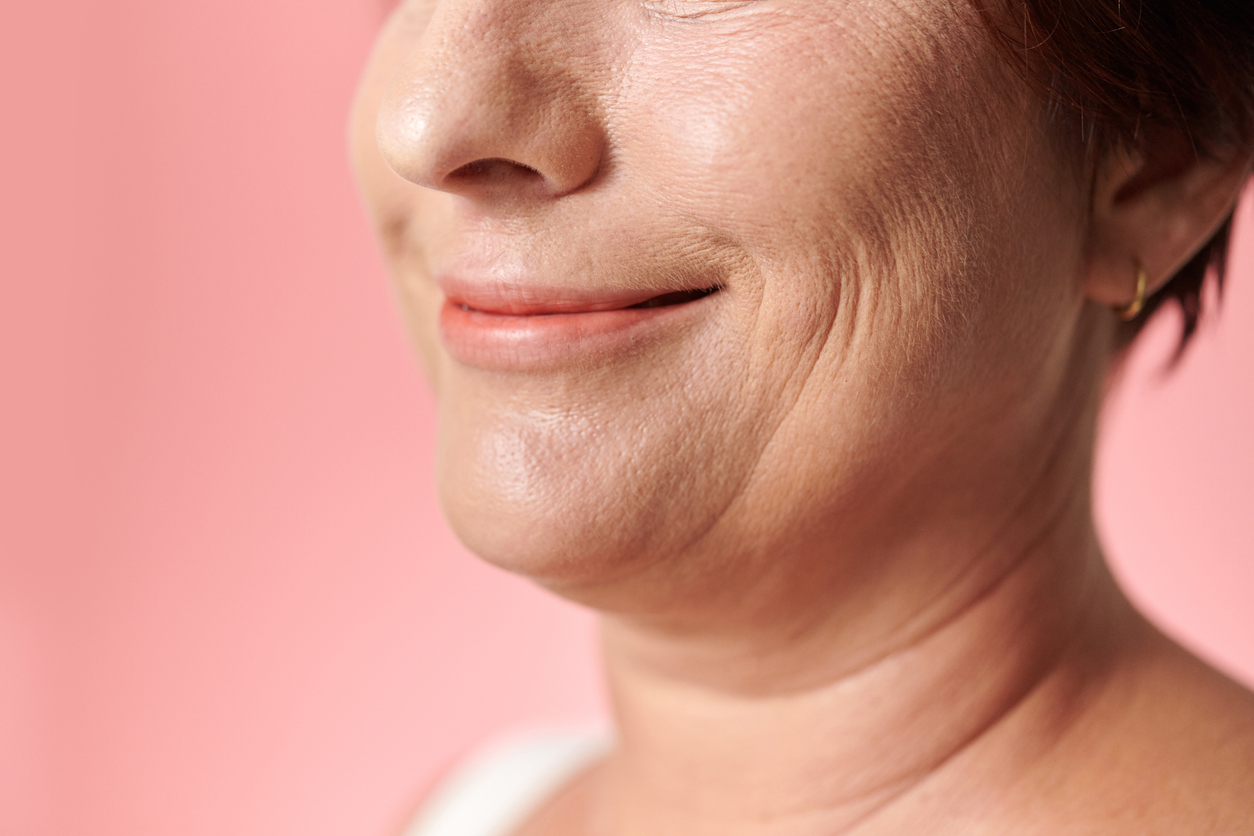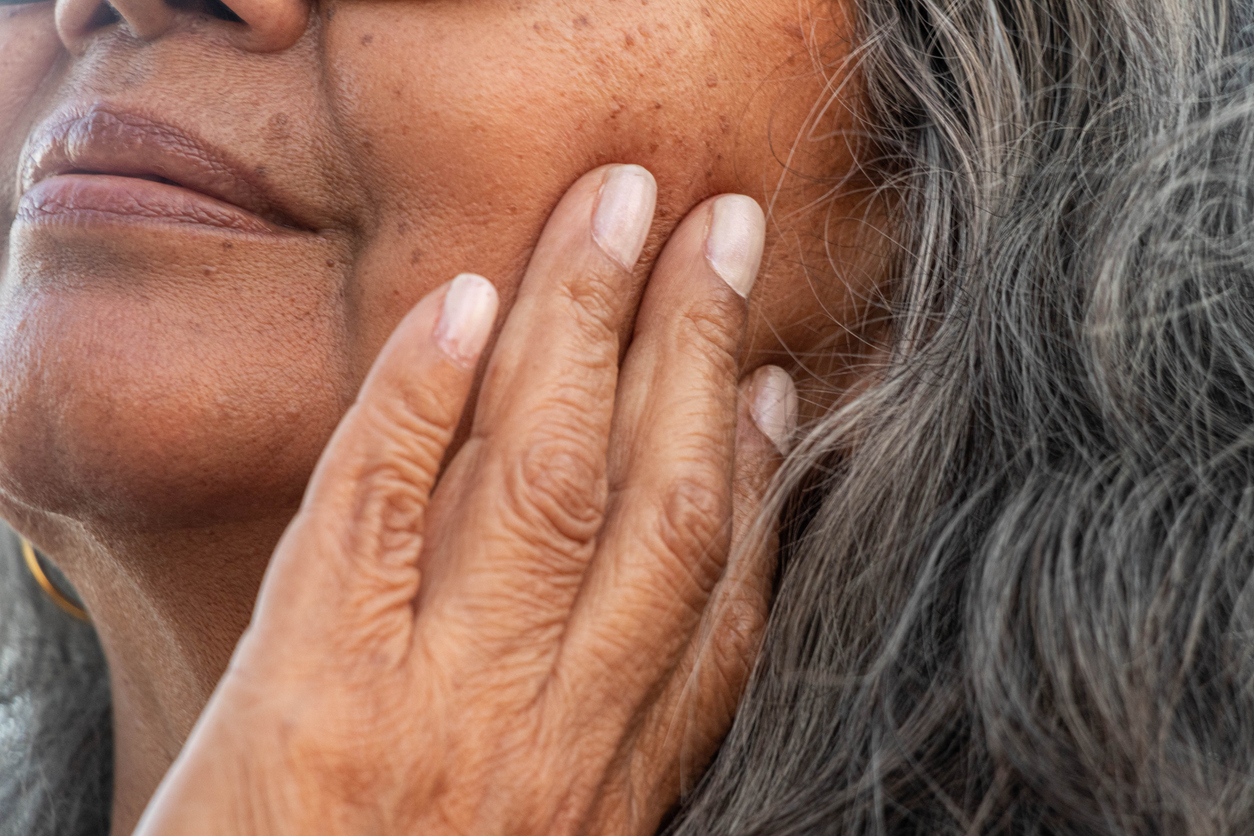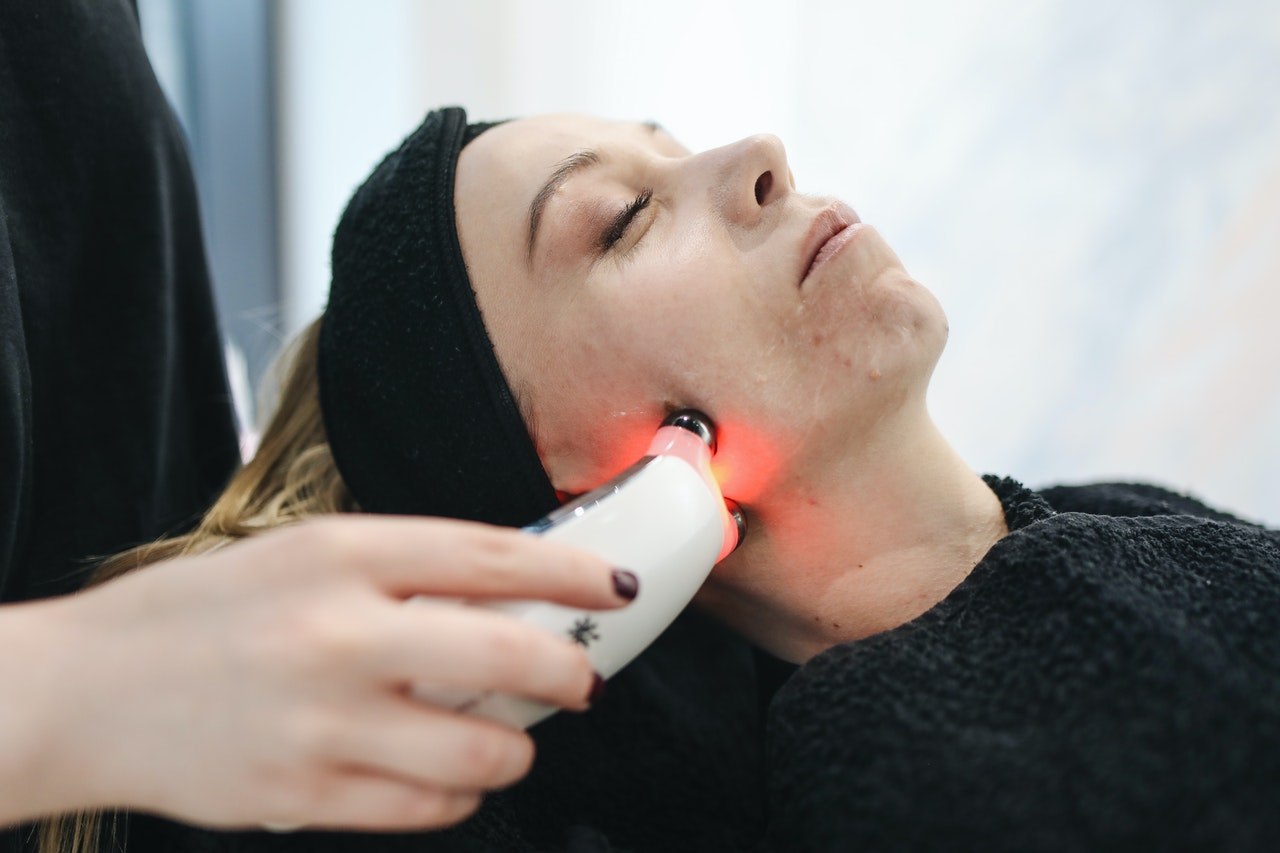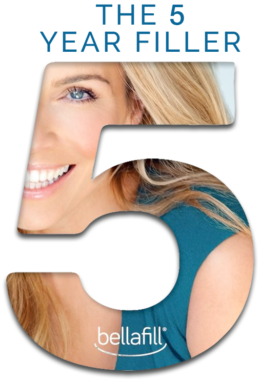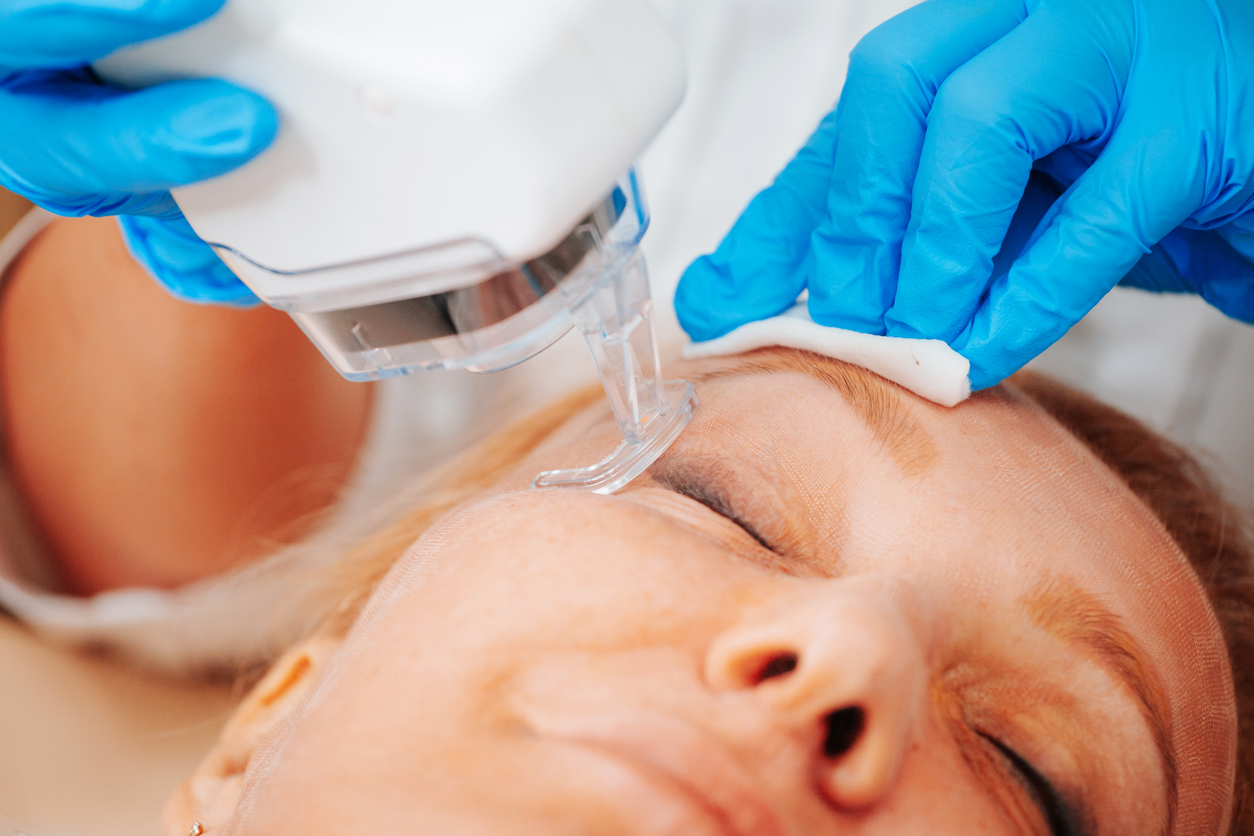
Will Laser Resurfacing for Eyes Erase Crow’s Feet? Here’s What to Know
If you’ve noticed those fine lines around your eyes—yes, the ones that tend to deepen when you smile or squint—you’re dealing with crow’s feet. While they’re a natural part of aging, many of us would prefer if they stayed hidden. Fortunately, practical, non-surgical solutions like laser resurfacing for eyes can help minimize and even erase these lines. But is laser resurfacing the right option for you, and are there other ways to tackle crow’s feet without going under the knife? Let’s dig into the details.
Is Laser Resurfacing Effective for Crow’s Feet?
Laser resurfacing is a well-liked and successful non-surgical treatment for crow’s feet. During the treatment, the skin surrounding the eyes, where crow’s feet usually appear, is treated with specialized laser technology. The procedure smoothes out small lines and wrinkles and gives the skin a youthful appearance by eliminating the outermost layer of damaged skin and promoting collagen formation beneath the surface.
How Laser Resurfacing Works
Focused light beams are directed onto the skin during laser resurfacing. In addition to promoting the regeneration of new, healthy skin cells, this procedure targets the damaged skin cells and increases the creation of collagen, which is crucial for maintaining the firmness and elasticity of the skin. The laser targets the sensitive part of the eye to treat crow’s feet.
There are a few different types of laser resurfacing treatments available:
- Ablative Lasers
Ablative lasers, a type of laser skin resurfacing technique, use a high-energy light beam to destroy the epidermis’ outer layers and promote new collagen formation. The technique increases the creation of collagen and enhances the firmness and texture of the skin. The treated skin looks tighter and smoother as it heals, and the results can be dramatic. Compared to non-ablative laser treatments, ablative laser treatments are more intrusive and necessitate a few weeks of recuperation. - Non-Ablative Lasers
 For those seeking a gentler approach, non-ablative lasers work below the skin’s surface without removing the outer layer. These treatments focus on collagen production, improve skin texture, and reduce crow’s feet with less downtime. However, they may require multiple sessions to achieve the best results.
For those seeking a gentler approach, non-ablative lasers work below the skin’s surface without removing the outer layer. These treatments focus on collagen production, improve skin texture, and reduce crow’s feet with less downtime. However, they may require multiple sessions to achieve the best results. - Fractional Lasers
These hybrid options deliver laser energy in small, targeted skin sections while leaving surrounding areas untouched. This approach allows for quicker healing while still stimulating collagen and reducing wrinkles.
What to Expect During and After the Treatment
A typical laser resurfacing session for crow’s feet lasts 30 minutes to an hour. Before the procedure, your skin is usually numbed with a topical anesthetic to reduce discomfort. During the session, the laser is applied to the targeted areas, and you might feel a warming or tingling sensation as it works its magic.
After the treatment, the skin around your eyes may appear red, swollen, and sensitive—similar to a mild sunburn. Some peeling and flaking may occur as the treated skin heals. Depending on the type of laser used, recovery time can vary from a few days to a couple of weeks.
It’s essential to avoid sun exposure and use sunscreen diligently, as your skin will be more sensitive following the treatment. Results typically become visible within a few weeks as new collagen forms, and the skin smooths out.
How Effective Is Laser Resurfacing for Crow’s Feet?
Laser resurfacing is highly effective at reducing the appearance of crow’s feet, particularly for those with moderate to severe wrinkles. The procedure targets the root cause—collagen loss—by stimulating the production of new collagen, which helps plump the skin and reduce the depth of lines. With the right type of laser and proper aftercare, many people see a significant improvement in the smoothness and firmness of the skin around their eyes.
However, it’s important to note that while a laser can offer long-lasting results, it’s not a permanent solution. The aging process continues, so maintaining results may require additional treatments down the line.
Non-Surgical Alternatives to Laser Resurfacing for Crow’s Feet
If you’re not quite ready for laser resurfacing or are exploring other non-surgical options, several effective treatments can also help reduce crow’s feet:
1. Botox Injections
Botox is one of the most popular non-surgical options for treating crow’s feet. It works by temporarily relaxing the muscles around the eyes that cause lines to form. Botox smooths out wrinkles and prevents them from deepening by preventing these muscles from contracting. The treatment is quick, with minimal downtime, and results can last 3 to 6 months.
2. Dermal Fillers
Dermal fillers are another option. These fillers add volume under the skin, which helps plump up and smooth out crow’s feet. Fillers are especially useful when crow’s feet are accompanied by volume loss around the eye area. Results can last anywhere from 6 months to over a year, depending on the type of filler used.
3. Chemical Peels
For those seeking a gentler, non-invasive approach, chemical peels can be effective for reducing the appearance of fine lines. Chemical peels work by exfoliating the outer layer of skin, promoting the growth of new skin cells, and stimulating collagen production. Light peels can refresh the skin and offer subtle improvements, while deeper peels can have more noticeable results.
4. Microneedling
Microneedling involves using tiny needles to create micro-injuries in the skin, which triggers the body’s natural healing process and boosts collagen production. When performed around the eyes, microneedling can reduce the appearance of crow’s feet, tighten the skin, and improve overall texture. It’s less intense than laser resurfacing and typically has minimal downtime.
5. BroadBand Light (BBL) Therapy
BroadBand Light is another non-invasive option that uses light therapy to target pigmentation issues, redness, and fine lines. It’s not as aggressive as laser resurfacing but can be effective for improving overall skin texture and tone. Vargas Face and Skin offers this as part of their facial rejuvenation services, making it a suitable alternative for those with milder crow’s feet or who prefer a less intense treatment.
Is Laser Resurfacing the Best Choice for You?
Deciding whether laser resurfacing is right for you depends on your skin concerns, lifestyle, and tolerance for downtime. Laser resurfacing is a fantastic option if you’re looking for a non-surgical solution that delivers significant, long-lasting results. It’s particularly effective for those with moderate to severe crow’s feet who want to smooth and tighten the skin around their eyes.
However, for milder crow’s feet or for those who prefer options with less downtime, treatments like Botox, chemical peels, or BBL therapy might be more suitable.
Why Choose Vargas Face and Skin for Laser Resurfacing?
If you’re considering laser resurfacing for crow’s feet, picking a reliable and knowledgeable provider is crucial. Dr. Hannah Vargas of Kansas City’s Vargas Face and Skin provides cutting-edge laser resurfacing procedures customized to meet your unique requirements. Schedule an appointment to see if laser is the right choice for you!

